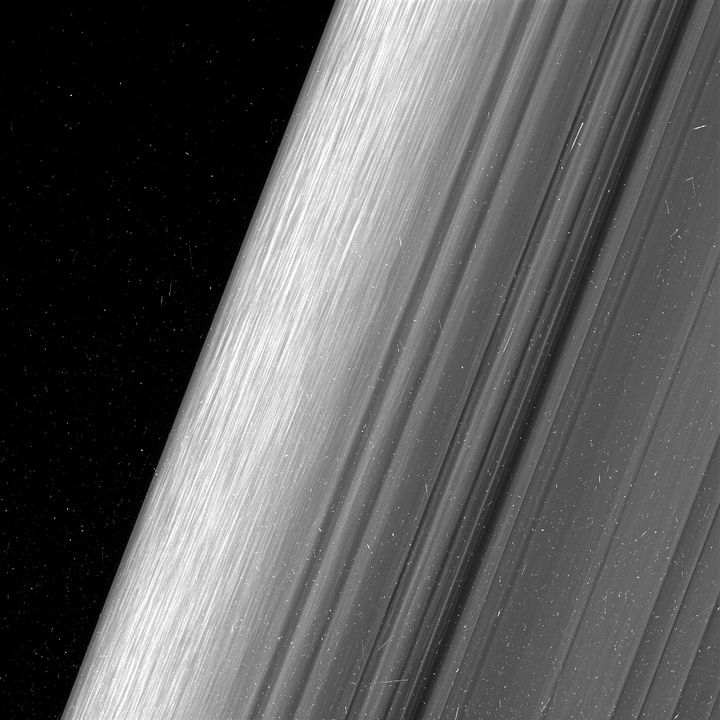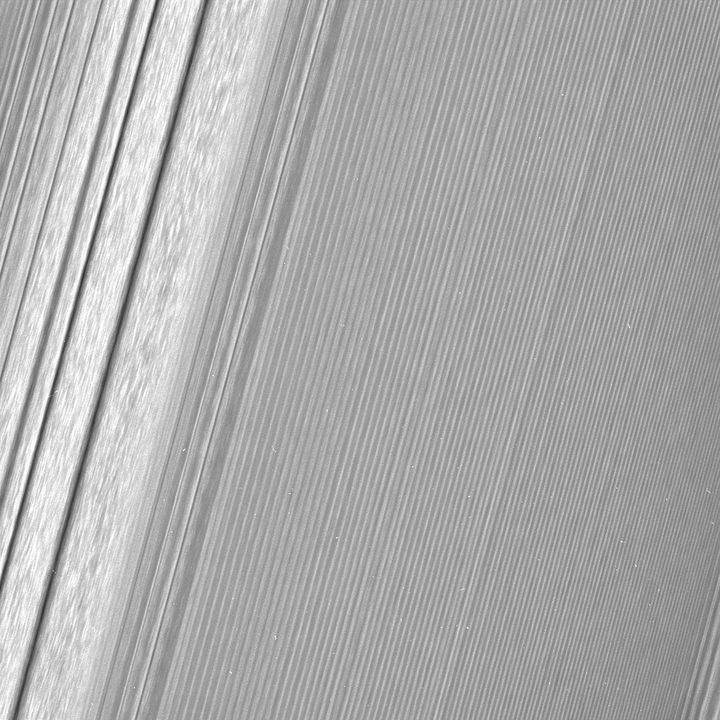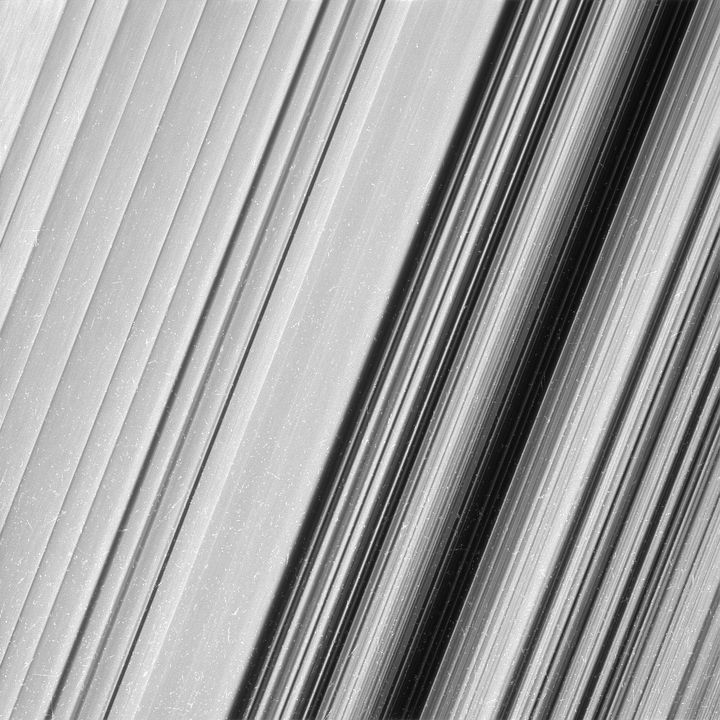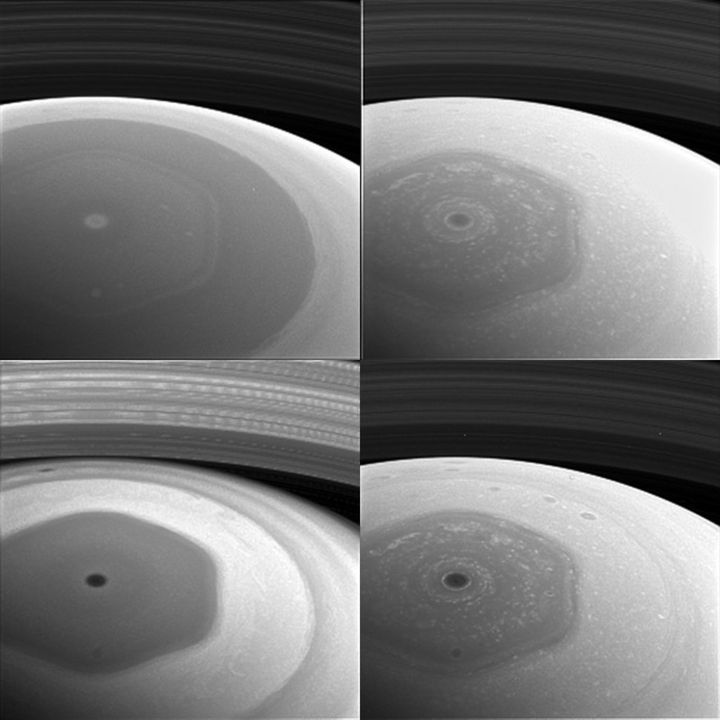NASA’s Cassini probe has returned the most detailed photographs of Saturn’s rings ever taken.
The craft is currently on a death-defying journey through the planet’s vast belts of rock as it nears the end of its 13 year mission.

When it first arrived at the planet in 2004, Cassini edged closer to the rings than its latest position, but it captured photos on shorter exposures, limiting quality.
“As the person who planned those initial orbit-insertion ring images ― which remained our most detailed views of the rings for the past 13 years ― I am taken aback by how vastly improved are the details in this new collection,” said Cassini Imaging Team Lead Carolyn Porco, of Space Science Institute, Boulder, Colorado. “How fitting it is that we should go out with the best views of Saturn’s rings we’ve ever collected.”
The rings are now thought to be made up of millions of moonlets, up to 1km in diameter.

NASA scientists are set upon ditching Cassini before it runs out of fuel, to preempt a collision with one of the planet’s 53 moons.
There’s a slim chance that Enceladus and Titan might harbour life, and a satellite from Earth poses a major contamination risk.


In December, Cassini returned a series of images of Saturn’s northern hemisphere, showing off its hexagonal jet stream and stormy centre.

